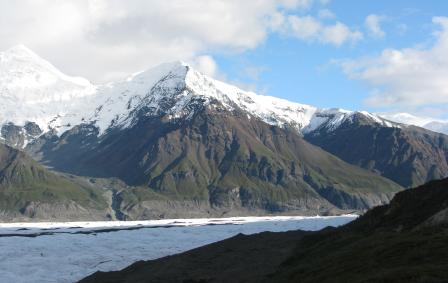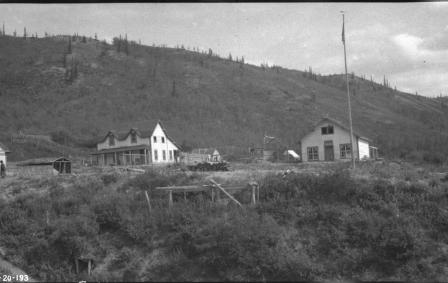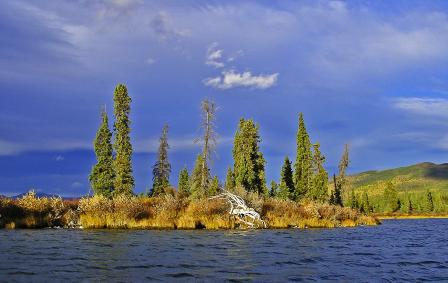Vuntut National Park
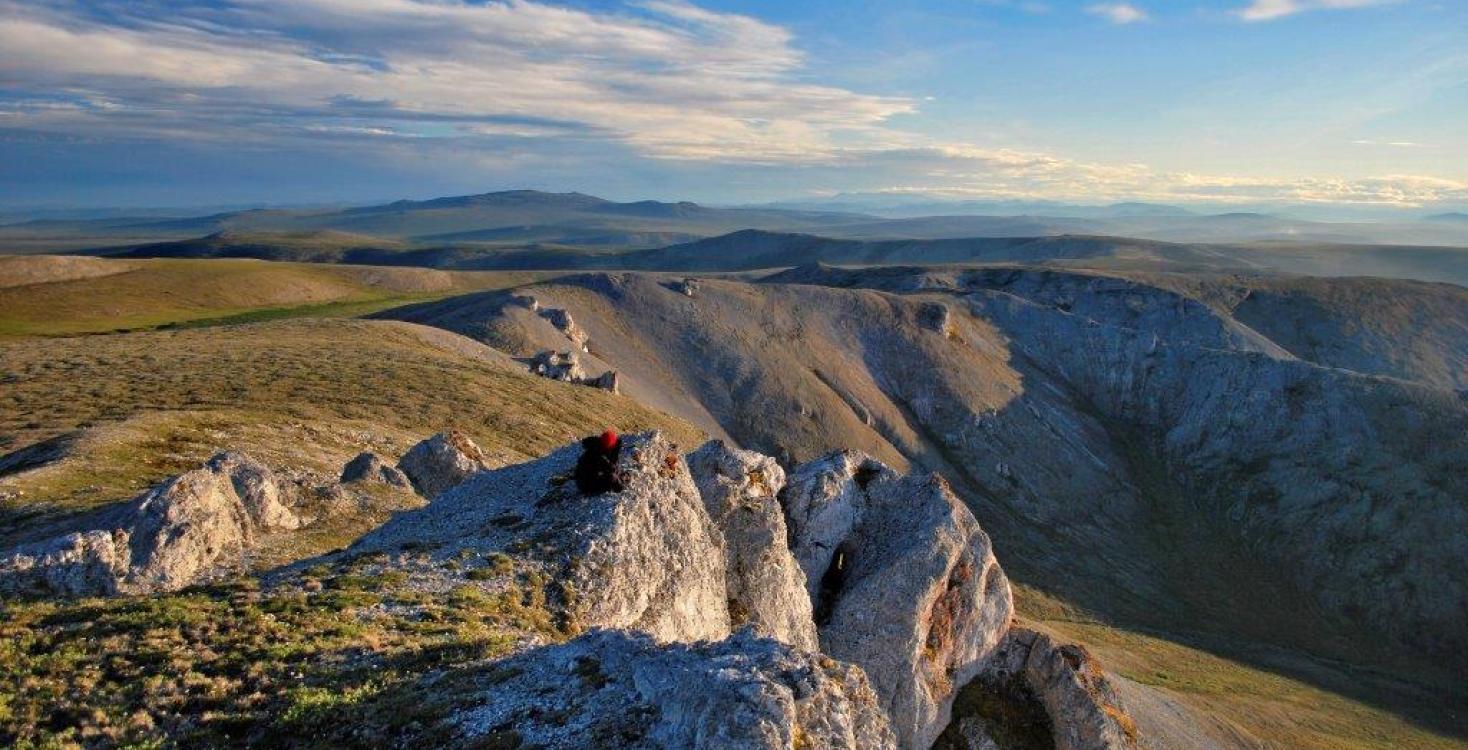
Vuntut National Park was established through the Vuntut Gwitchin First Nation Final Agreement in 1995, to protect the traditional and current Gwich’in way of life, and the water, plants and animals essential to their culture. Together, Parks Canada, the Vuntut Gwitchin Government and the North Yukon Renewable Resources Council cooperatively manage the park.
The park protects 4,345 square kilometers of Arctic wilderness for use by Vuntut Gwitchin and all Canadians. The Park helps protect part of a major northern ecosystem which is home to the Porcupine Caribou Herd, one of the largest caribou herds in North America. The Vuntut Gwitchin depend on the migratory Porcupine Caribou Herd for their physical, cultural and spiritual survival.
500,000 birds and 100,000 caribou pass through the park each year.
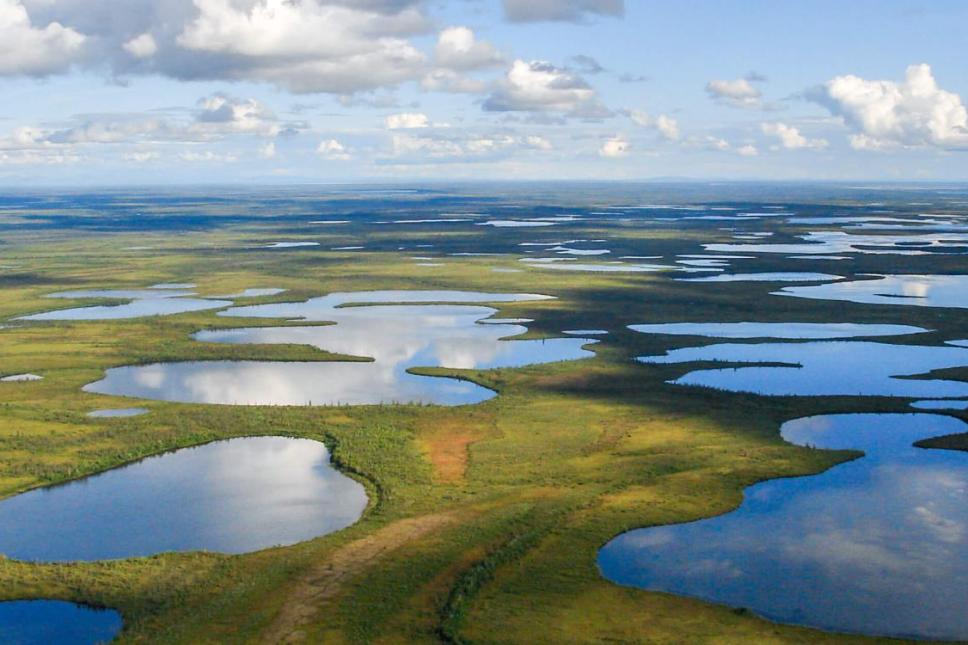
Vuntut Gwitchin translates to “people of the lakes”. Vuntut refers to Van Tat, the Old Crow Flats, a complex network of over two thousand shallow lakes. For millennia, the Vuntut Gwitchin have lived in the Old Crow Flats, British Mountains, and Porcupine River area in northern Yukon. With an abundance of fish, plants and wildlife, the Old Crow Flats provide sustenance for the Gwitchin throughout the seasons. This vast wetland complex dominates the southern third of Vuntut National Park.
Vuntut’s neighboring national parks include Ivvavik to the north and the Arctic National Wildlife Refuge across the international boundary to the west.
The Final Agreements establish a number of Special Management Areas and outline how they will be jointly managed by the Government of Yukon, Canada and First Nations.
Special Management Areas can be protected through different laws depending on what needs safeguarding. The Yukon and National Parks Acts, Yukon and Canadian Wildlife Acts, and Yukon’s Heritage Resources Act are all laws that can be used to protect these areas.
